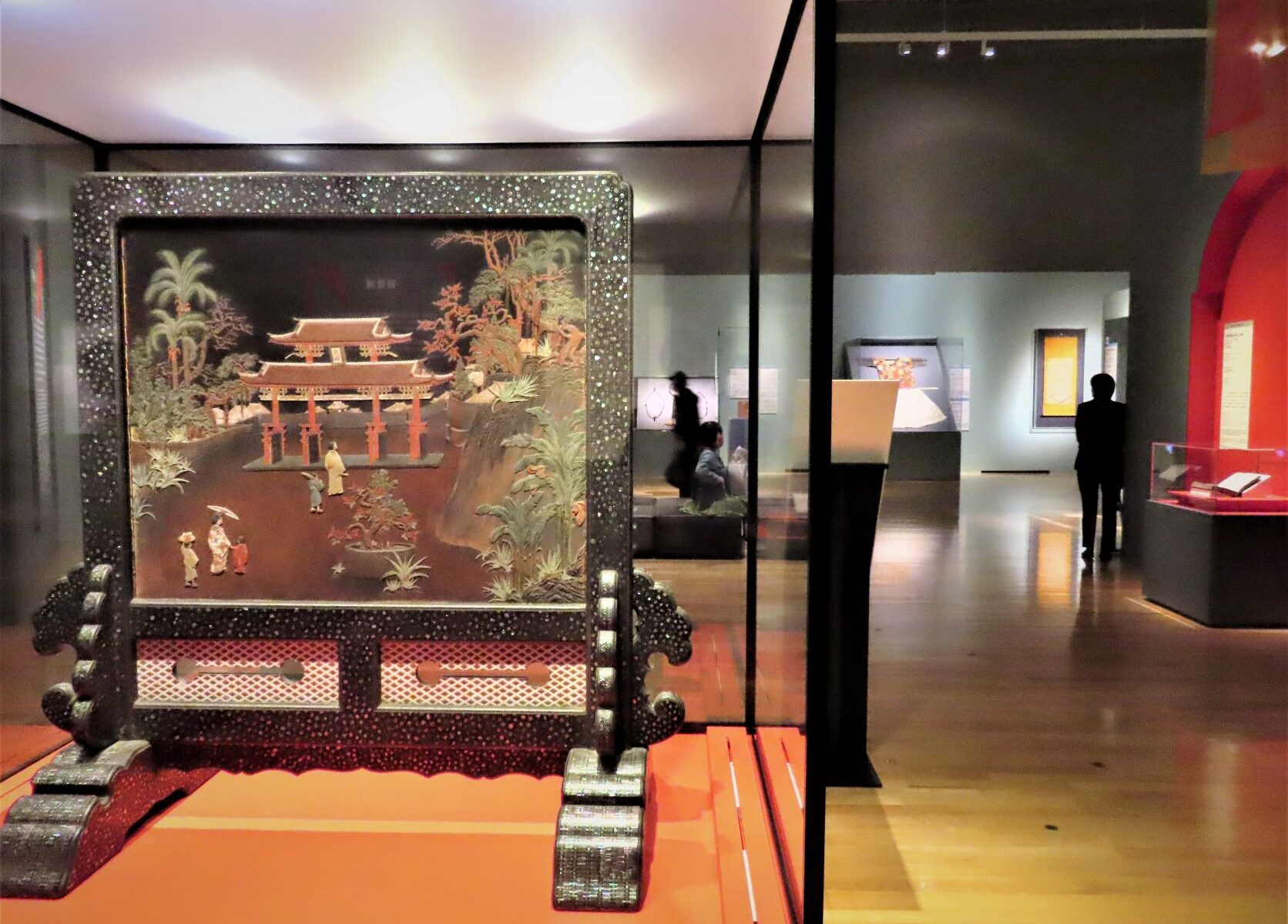Tokyo National Museum
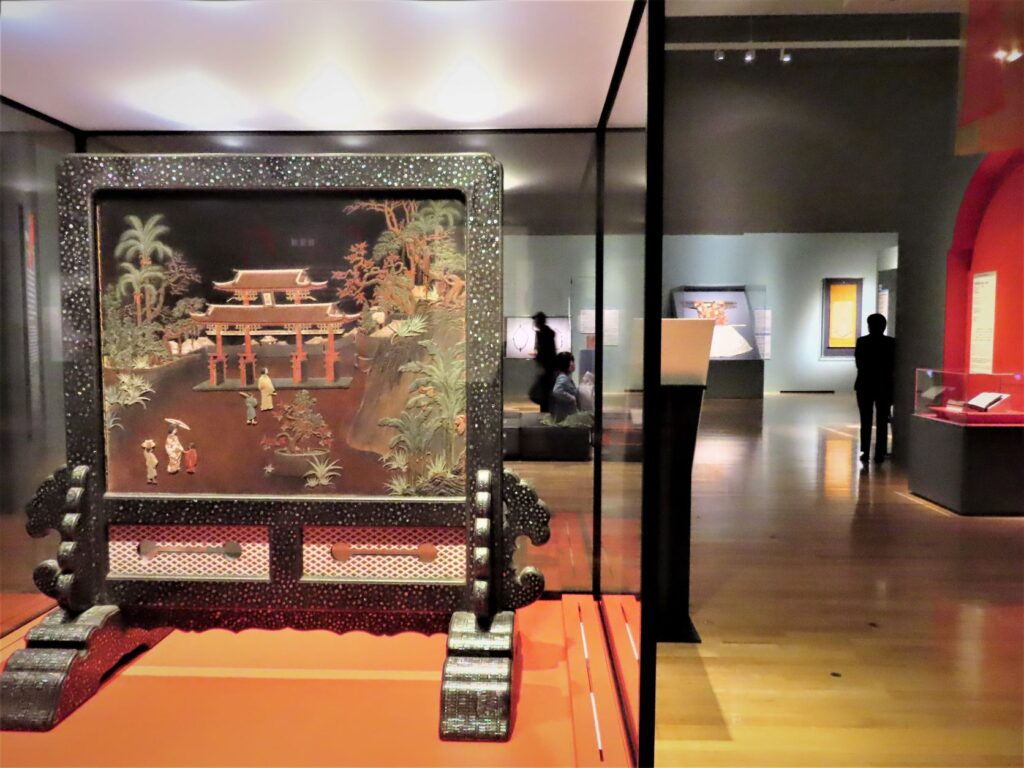
In the 4th year of Reiwa (2022), Okinawa Prefecture will celebrate the 50th anniversary of its return to the mainland.
When Okinawa was once the Ryukyu Kingdom, it aimed to become a bridge to the world by engaging in trade and diplomacy with other countries in the seas of Asia.
The famous word “Bridge of Nations” contains such a noble ideal of Ryukyu.
The road that the Ryukyu Kingdom has taken since then has not been flat, but the sparkle of its own culture nurtured in the soil still captures our hearts.
A special exhibition “Ryukyu” focusing on the establishment and significance of Ryukyu culture and its aesthetic sense has opened at the Tokyo National Museum.
The skill and beauty of the Ryukyu Kingdom revived here.
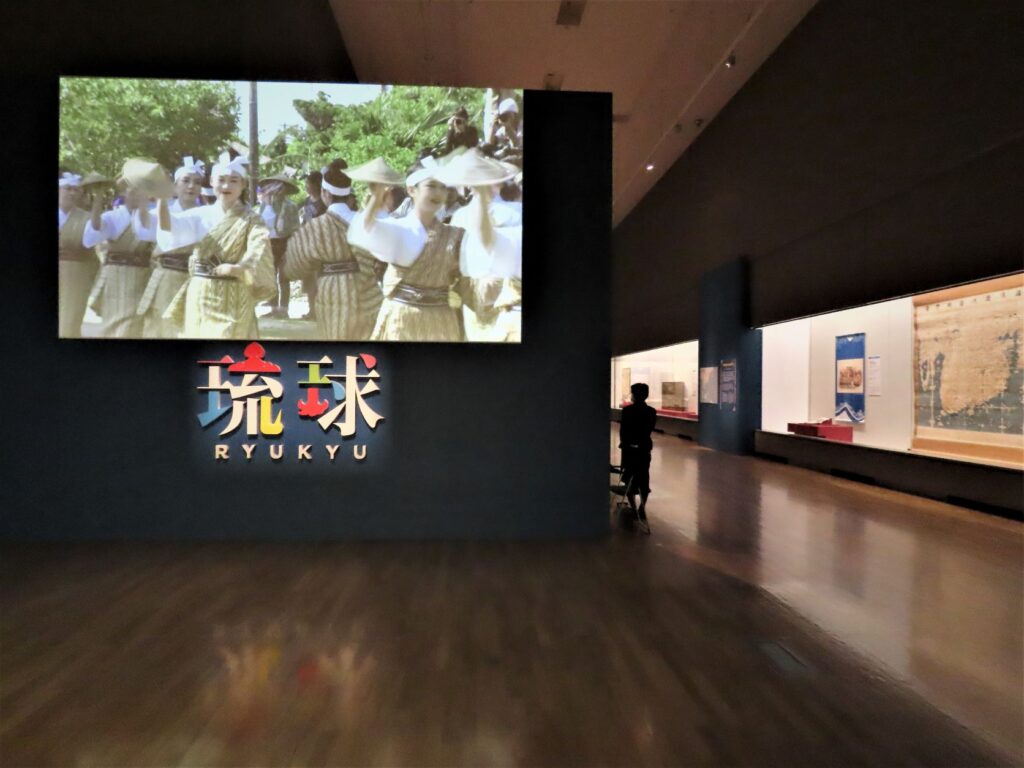
The venue consists of five chapters: “Bridge of Nations Bell in Asia,” “Pride of the Kingship, Diplomacy and Culture,” “Prehistoric Culture of the Ryukyu Islands,” “Prayers with the People of the Islands,” and “To the Future.” The venue is divided into the first venue and the second venue, each of which has enough volume to compose one exhibition.
In this exhibition, various cultural assets such as archaeological relics and folk works will be gathered together in addition to historical materials and craft works from the Kingdom era and treasures handed down to the King Naoya. In addition, at the end of the exhibition, we will introduce the Ryukyu Kingdom Cultural Heritage Accumulation and Reconstruction Project, which has been undertaken since 2015, and display the cultural properties restored by the project.
I can feel the desire of the organizer to hand over the precious Ryukyu culture from the past to the future to the next generation.
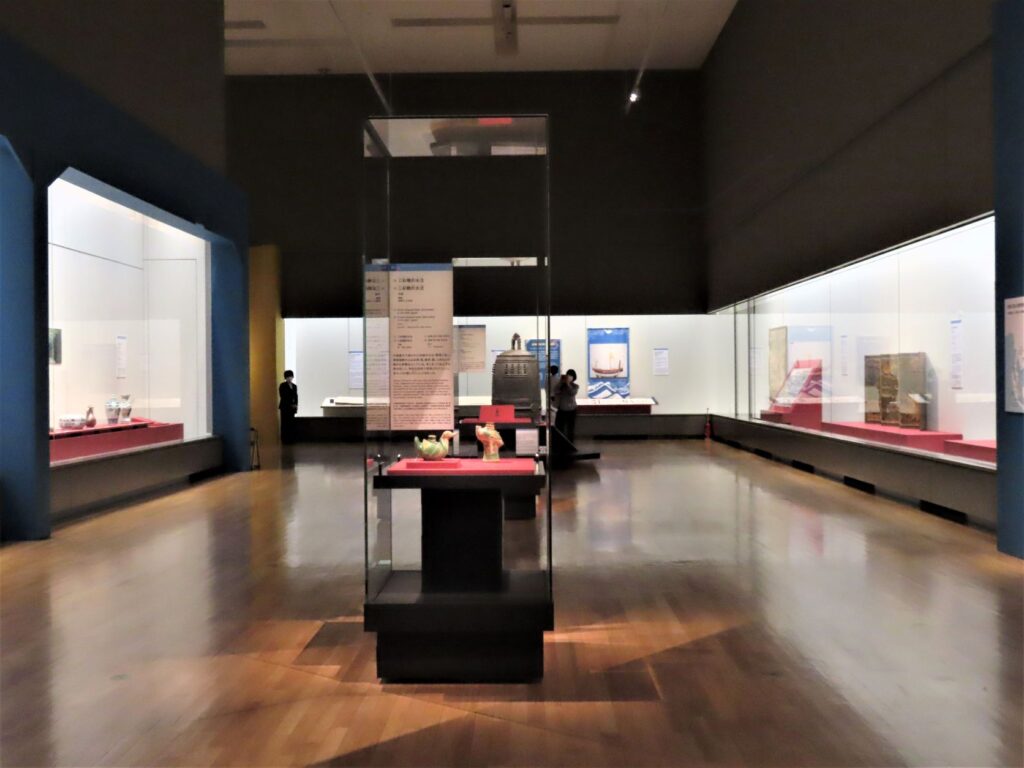
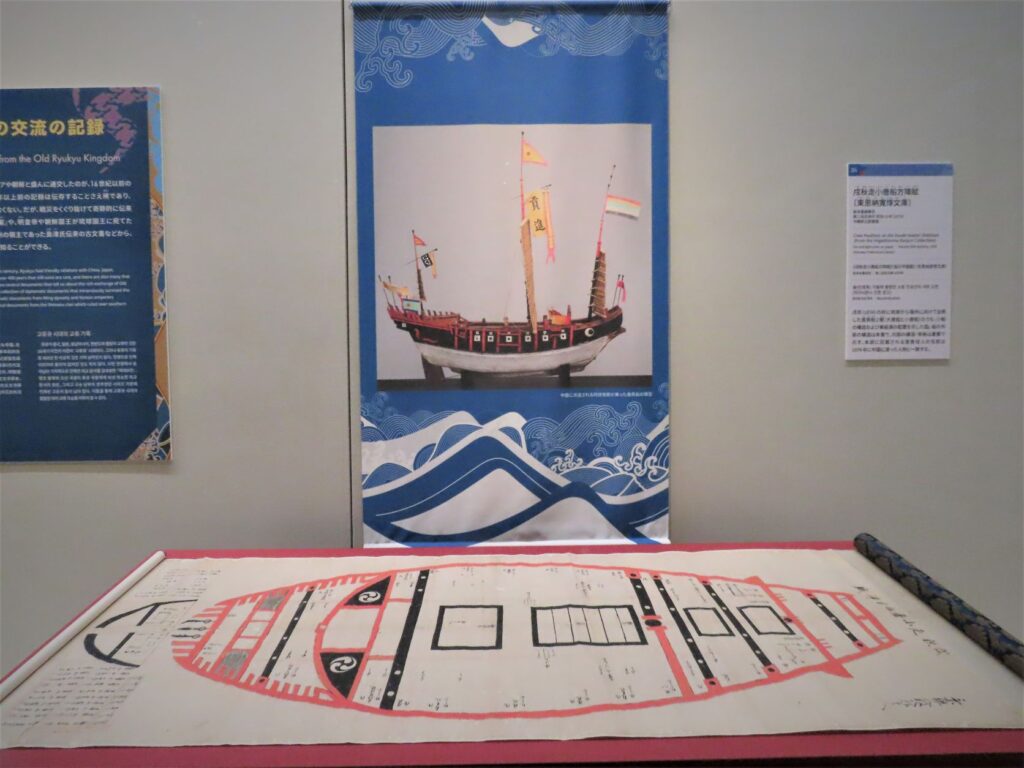
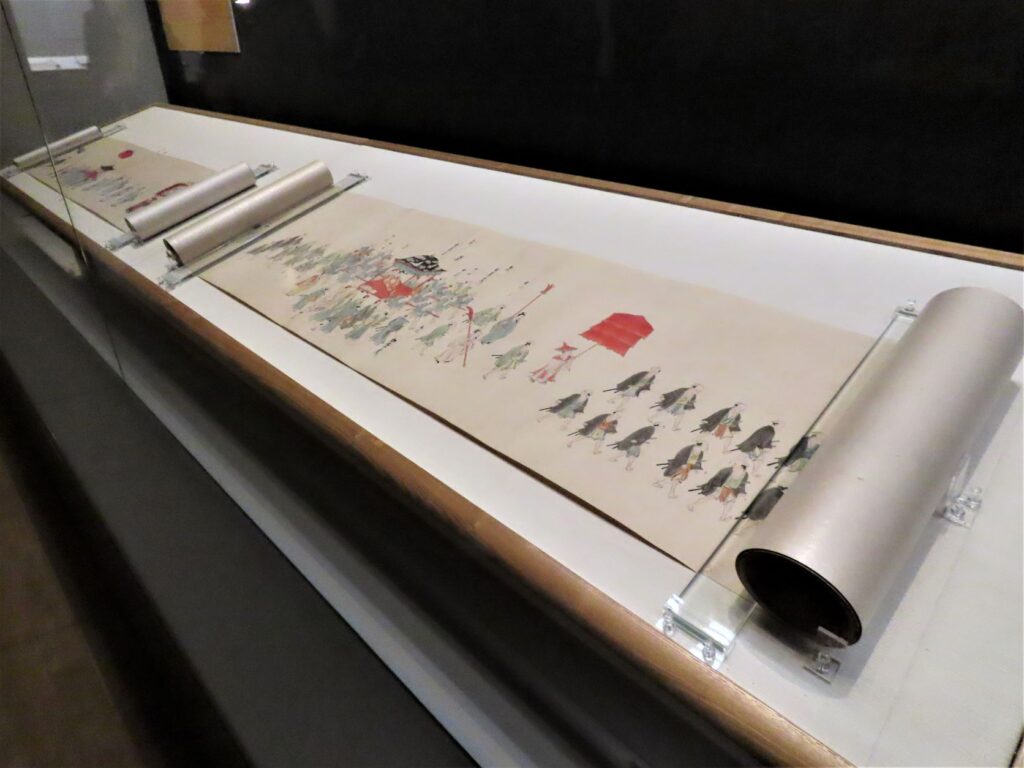

The “Copper Bell” (in front of the former Engakuji Buddhist temple), which sits in the first venue, is a temple bell engraved with the words “Bridge of Nations”, which shows the spirit of the Ryukyu Kingdom as a bridge of the world.
In the 15th and 16th centuries, the Ryukyu Kingdom flew into the seas of Asia and prospered as a base for relay trade connecting various parts of the country. Its existence is also emphasized by European countries that entered Asia in the 16th century, and the name “Ryukyu” became known to the world.
It is an idea that is similar to modern globalization, but it can be said that the scale of human beings and the size of their ambitions are isolated from the modern Japanese.
At the first venue, a number of valuable historical materials that trace the history of the Ryukyu Kingdom are exhibited.
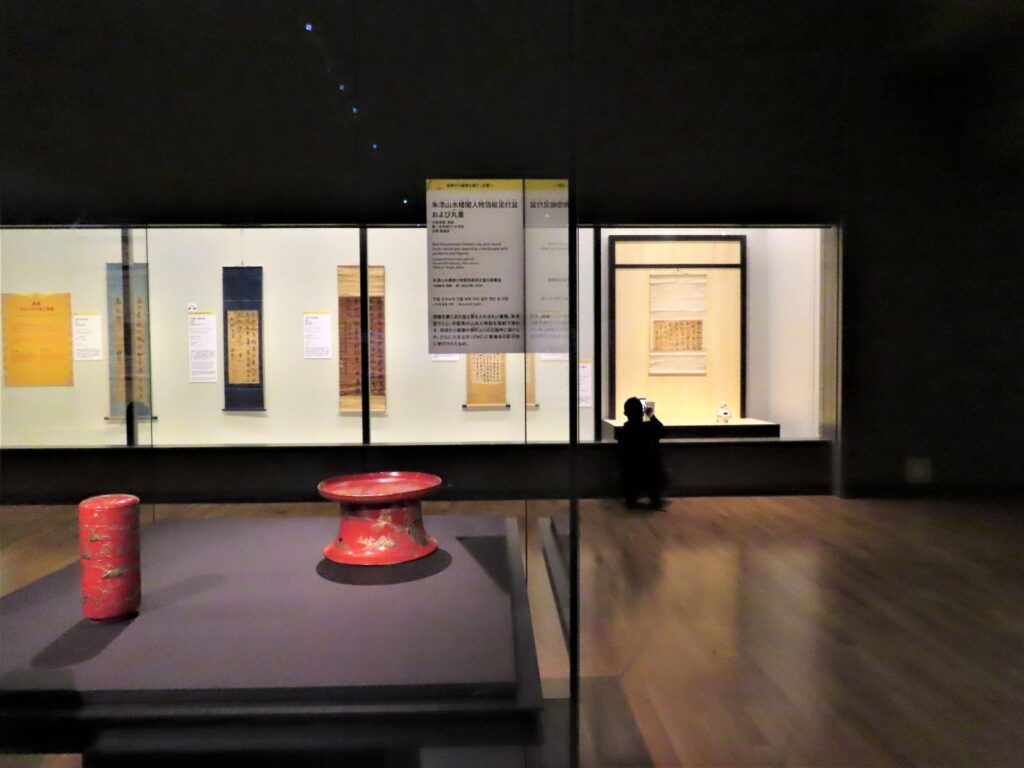
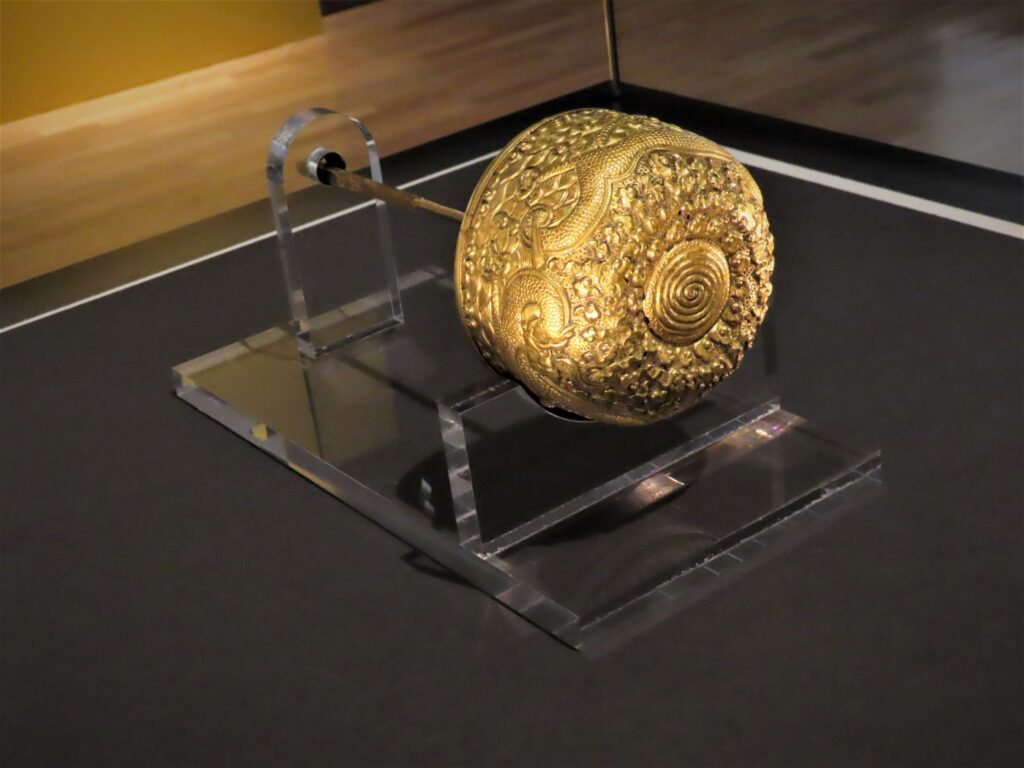
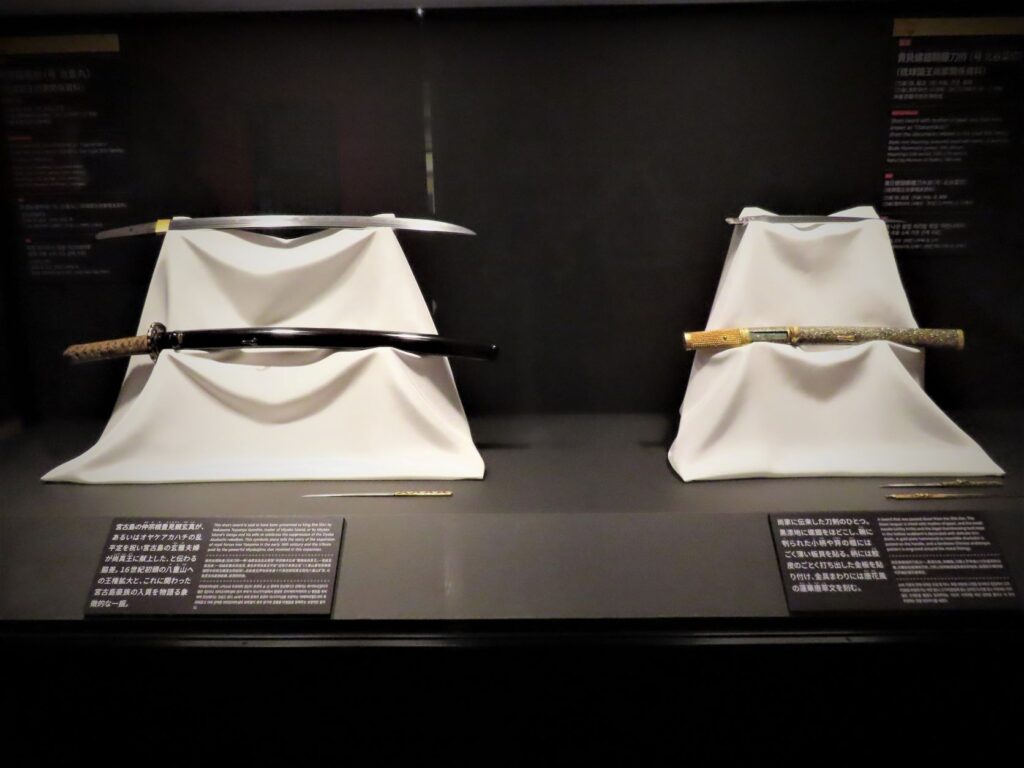
At the venue, the treasures of Ryukyu culture such as Ryukyu lacquering, tea ware, and paintings by master craftsmen will be gathered. 73 national treasures, 20 important cultural properties, 38 prefectural and city designated important cultural properties, and about one-third are designated cultural properties, and it can be said that the quality and quantity of the exhibitions on the theme of Ryukyu and Okinawa are the largest. Let’s go.
Among them, the release of the three treasure swords that have been handed down to the Sho family, including the Aogai Raden sword sword fitting , is attracting attention. Not only the beauty of the blade and decoration, but also the three treasure swords were taken up in the blockbuster online game “Touken Ranbu” , and the appeal to the younger generation is increasing. Collaboration products with “Touken Ranbu -ONLINE-” are also on sale at the exhibition goods corner, so if you are interested, please stop by.

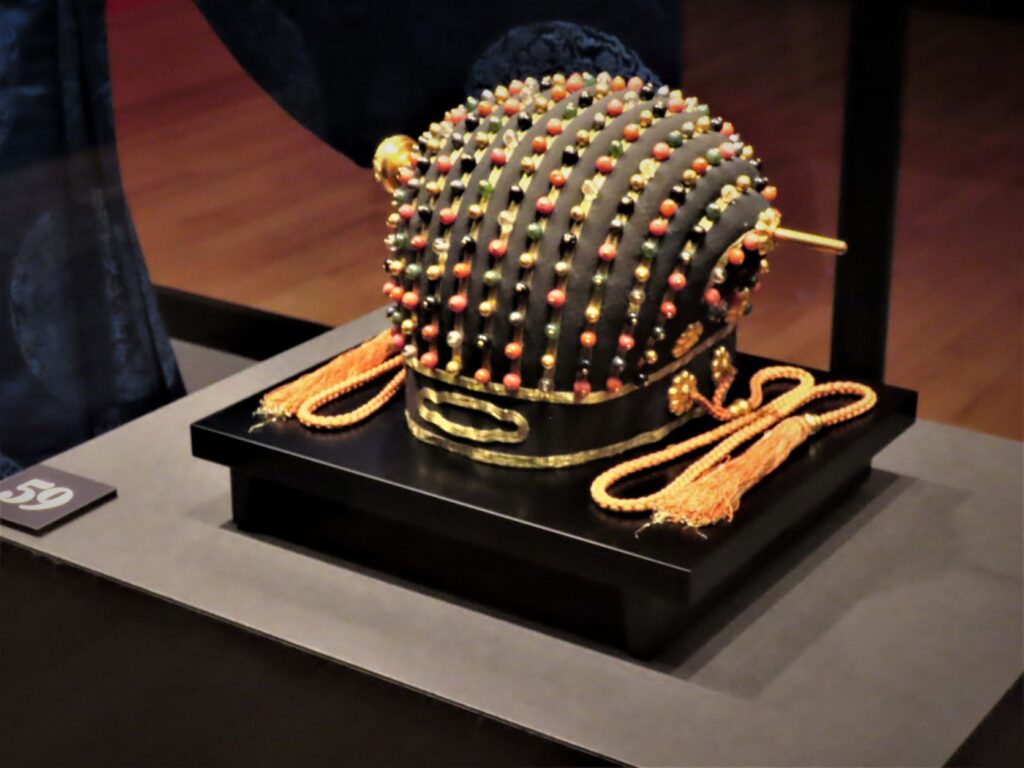
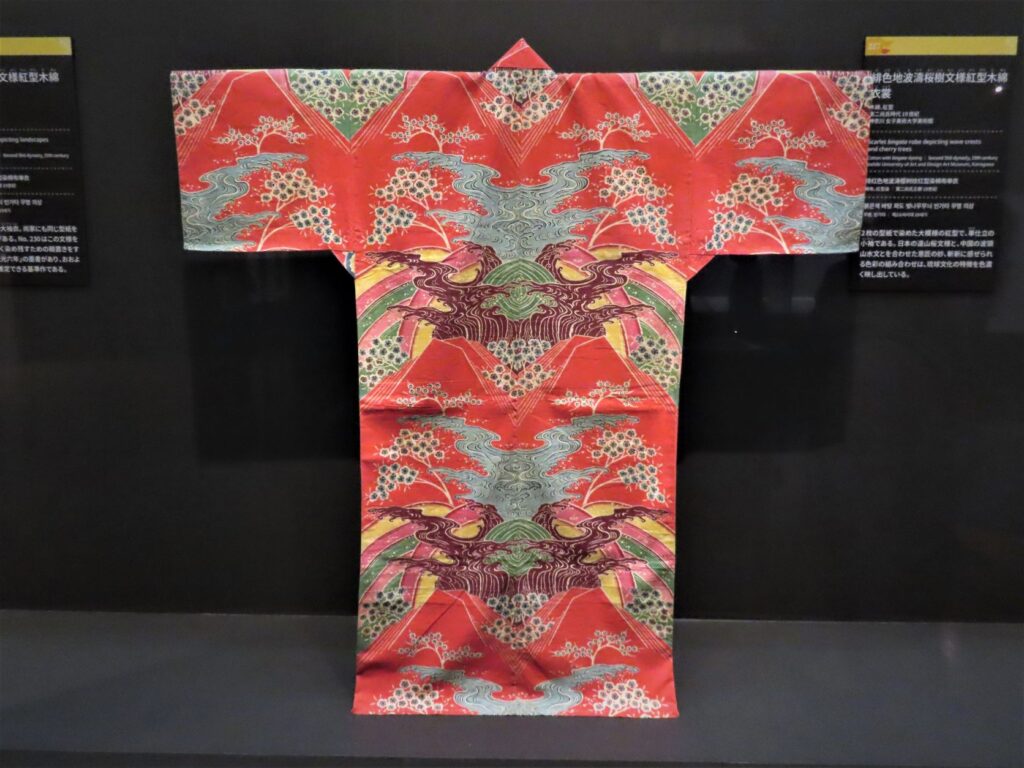
Looking around the venue, Ryukyu dyeing and weaving with a wide variety of materials and techniques, such as the formal wear of the King of Ryukyu, costumes using Chinese chintz, and floating fabrics woven in Ryukyu, are eye-catching. The exhibition in which Ryukyu dyeing and weaving is widely exhibited so far is a very valuable opportunity as far as I can remember.
“Scarlet ground wave cherry tree pattern Bingata cotton costume” is characterized by a landscape painting-like design with a large wave rising over the entire back. The mystery of the design, which combines the Toyama Sakura pattern from Japan and the Habuyama water pattern from China, strongly reflects the characteristics of Ryukyu culture, which has a rich international flavor.
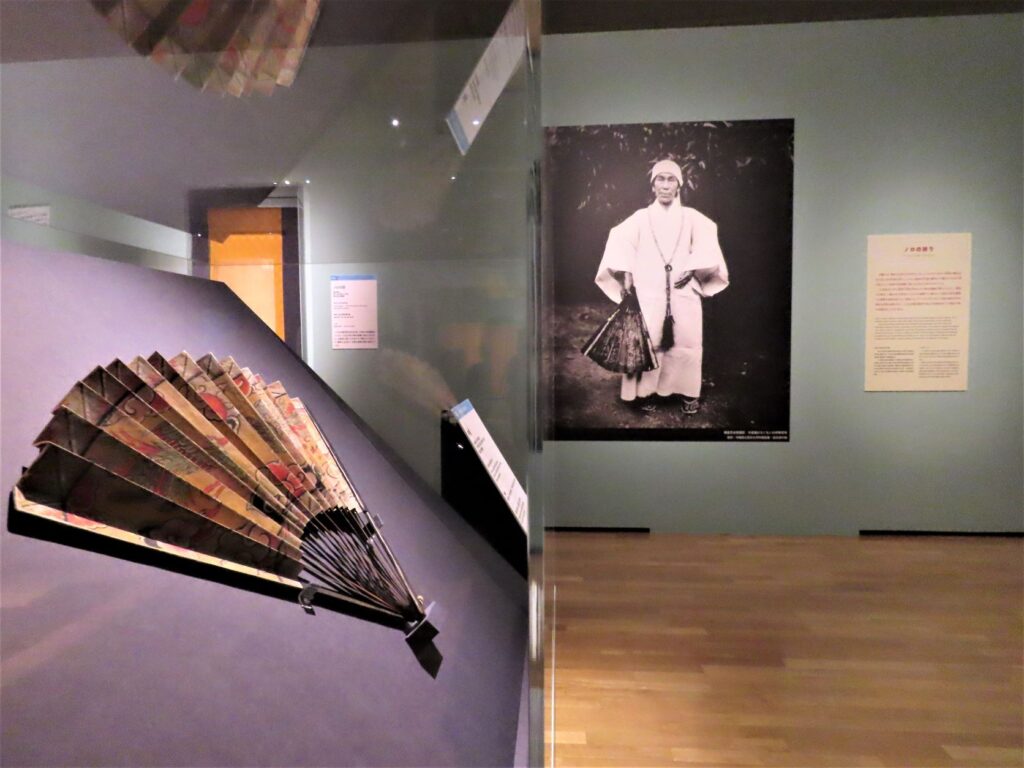

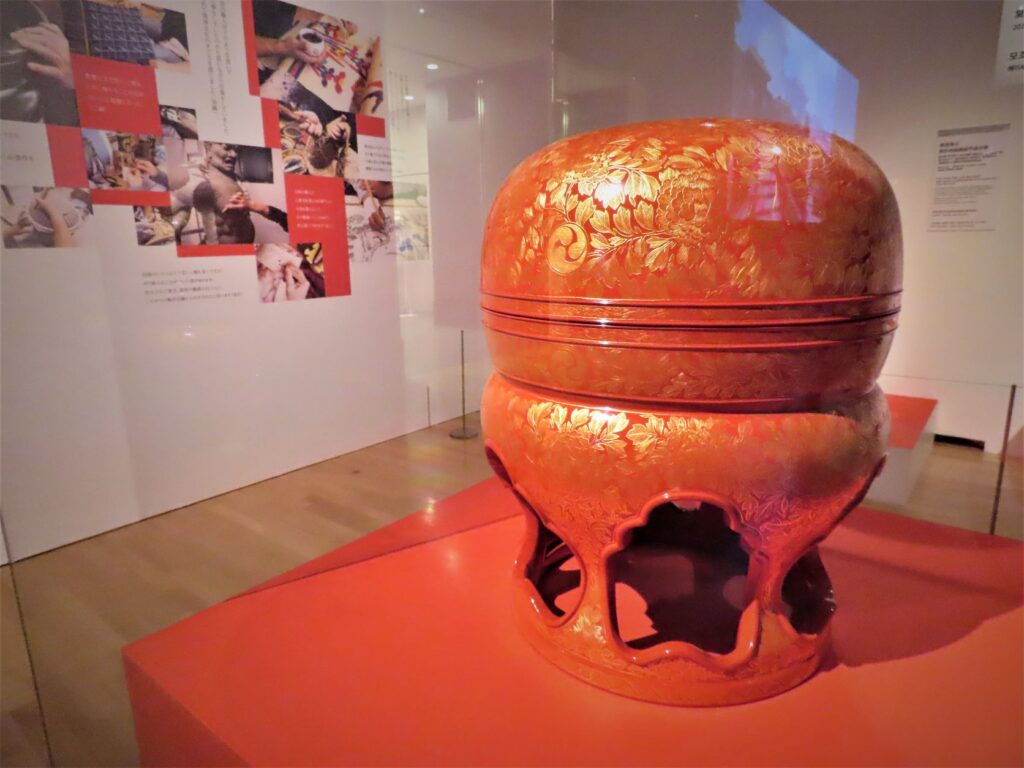
Many people associate Okinawa with the image of a ritual represented by “Noro”. The characteristic of women in charge of rituals is similar to the “Onarigami belief” that sisters protect their brothers spiritually, and Ryukyu has nurtured such aesthetic sense and religious views in abundant nature.
At the end of the exhibition, we will focus on the “faith” aspect of Ryukyu culture and evoke the prayers of the people of Okinawa in our hearts. Yes, Okinawa has always been an island of prayer.
The vivid red lacquer lacquer peony peony peony rice offering was used in the royal government as a ritual tool for the Ryukyu royal family. It is an important ritual vessel in the history of Ryukyu lacquering, which is a collection of lacquering techniques such as woodworking and lacquering, and is considered to be a valuable work when considering the culture of the Ryukyu Kingdom.
Outline of the event
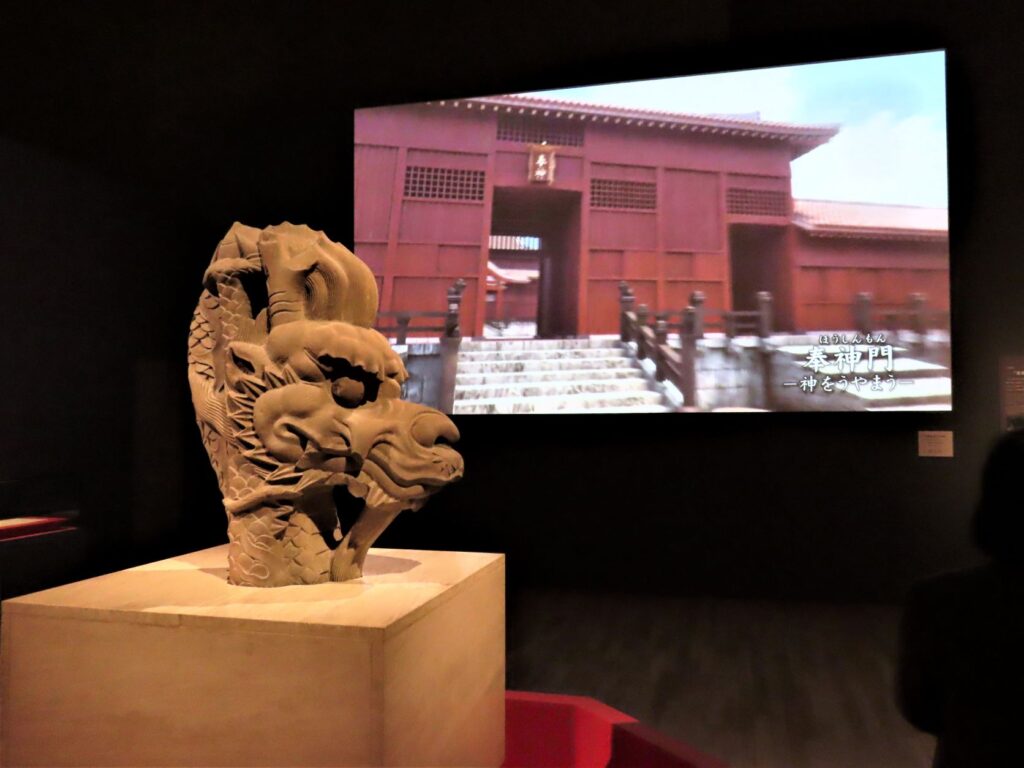
| Legislative session | May 3rd (Tuesday / holiday) -June 26th (Sunday), 2022 |
| venue | Tokyo National Museum Heiseikan (Ueno Park) |
| Opening hours | 9: 30-17: 00 (admission is 30 minutes before closing) |
| closing day | Monday |
| Admission fee | General 2,100 yen University student 1,300 yen High school student 900 yen (Note) This exhibition does not require advance reservation. Please purchase a ticket at the ticket office at the main gate of the Tokyo National Museum when you visit the museum. (Note) You may have to wait for admission during times of congestion. (Note) Free for junior high school students and younger, persons with disabilities and one caregiver. Please present your student ID card, disability certificate, etc. when you enter the library. (Note) With this exhibition admission ticket, you can also see the comprehensive cultural exhibition only on the day of viewing. However, depending on the congestion of the comprehensive cultural exhibition, you may have to wait for admission. (Note) Some works will be changed during the exhibition period. (Note) For details, please see the ticket information page on the official exhibition website . |
| Exhibition official website | https://tsumugu.yomiuri.co.jp/ryukyu2022/ |


